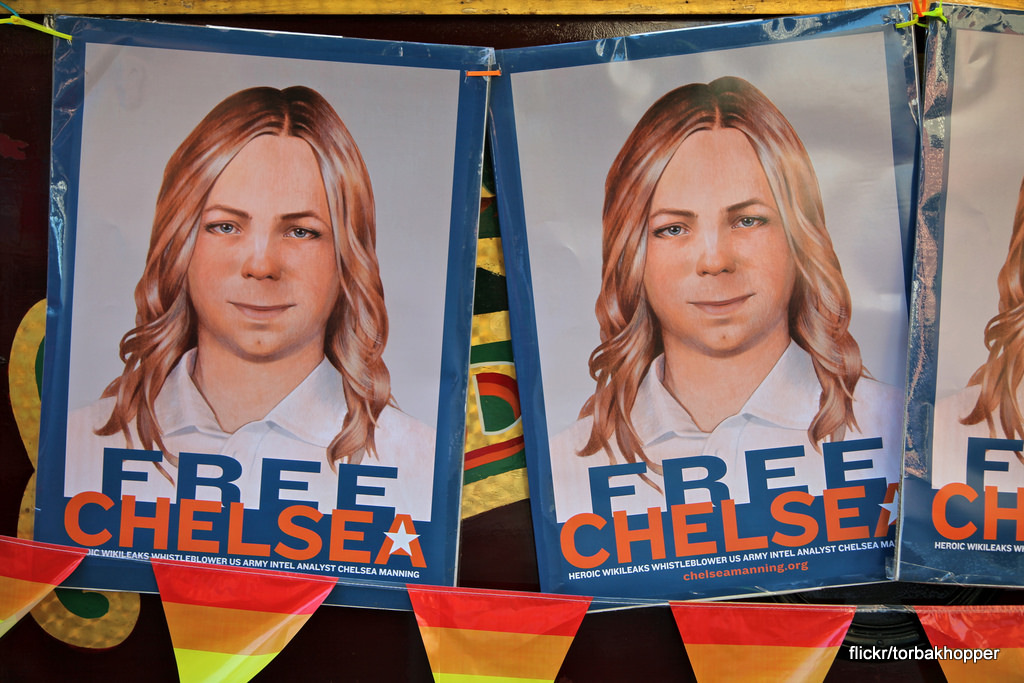First Chance At Life: On Chelsea Manning’s Freedom
January 18, 2017
Very few people supported Manning when it became known that she was the person responsible for making disclosures to WikiLeaks. With President Obama’s action, millions celebrate her release.

Published in partnership with Shadowproof.
A grassroots effort led by committed activists, which was bolstered by human rights campaigners and prominent individuals, pushed President Barack Obama’s administration to free Chelsea Manning.
The United States Army whistleblower was sentenced to military prison for 35 years. She was convicted of offenses stemming from her decision to provide WikiLeaks with over a half million U.S. government documents, which exposed war crimes, diplomatic misconduct, and other instances of wrongdoing and questionable acts by U.S. officials.
But now, on May 17, Manning will be released from Leavenworth prison in Kansas. She will get what she requested from Obama: a “first chance at life,” as a “proud woman who is transgender” that has matured greatly during an arduous and difficult journey from all-source intelligence analyst to someone inspiring to millions.
“Today’s fantastic news goes a long way to making amends for the brutal treatment Chelsea was illegally subjected to while awaiting trial at the Quantico Marine Brig. It’s tragic that Chelsea had to spend 7-years imprisoned for releasing documents that should never have been classified in the first place, and were clearly in the public interest,” stated Chelsea Manning Support Network co-founder Jeff Paterson. “All of us who worked on Chelsea’s behalf are overjoyed.”
Manning’s case was not always well known to the public. The establishment press in the U.S. barely showed interest in her court-martial at Fort Meade until her case reached trial. On the other hand, there were a handful of people, including myself, who were present at nearly every stage—including critical phases where she challenged her unlawful pretrial punishment at the Marine brig at Quantico.
Independent journalist Alexa O’Brien, Courthouse News journalist Adam Klasfeld, Associated Press reporter David Dishneau, and courtroom sketch artist Clark Stoeckley shared many moments with me observing what unfolded.
Some journalists like Ed Pilkington of The Guardian and Julie Tate, a researcher for The Washington Post, were there most of the trial. CNN had a producer, who tended to fall asleep in the back of the media center. The New York Times sometimes found it worthwhile to send a journalist, like Charlie Savage. There were advocates, who penned eloquent commentaries every so often. However, it was up to AP and alternative journalists to get the story of what was happening with Manning day-to-day out to the public.
Freedom Of The Press Foundation helped ensure there were transcripts made available to the public by crowdfunding a stenographer, since the Army refused to publish their own transcripts of proceedings. This made our job much easier.
Another organization that deserves recognition is the Center For Constitutional Rights. Their efforts in military court on behalf of journalists challenged the Army’s lack of transparency. Because of their work, we forced the Army’s hand, and they granted us access to court documents, including decisions issued by military judge, Col. Denise Lind.


